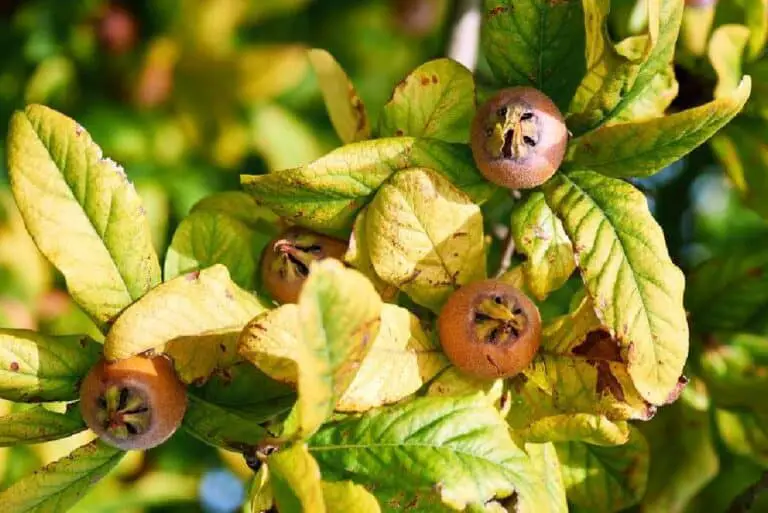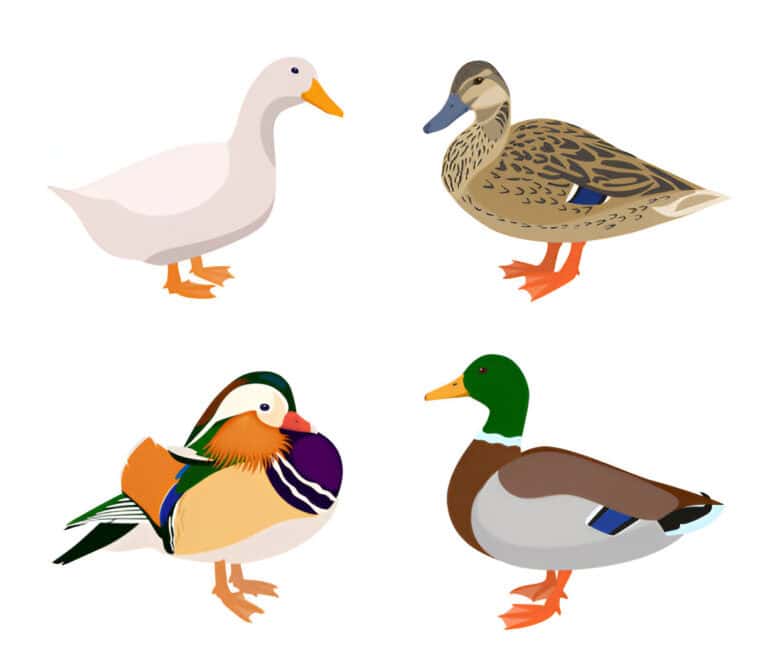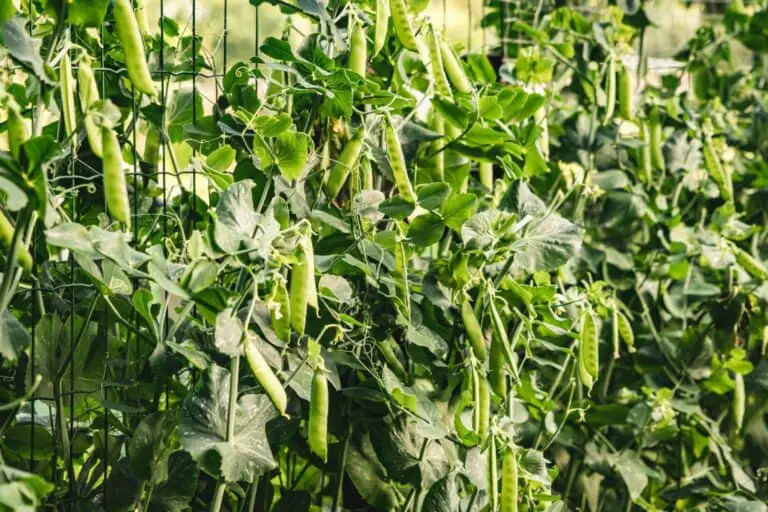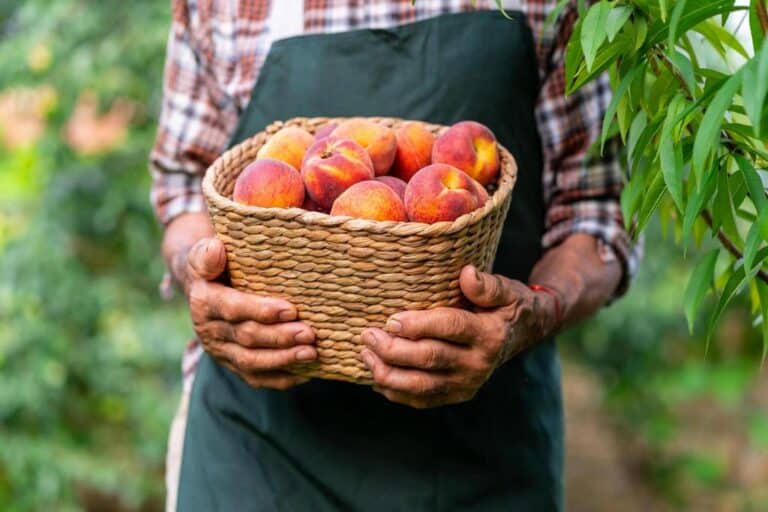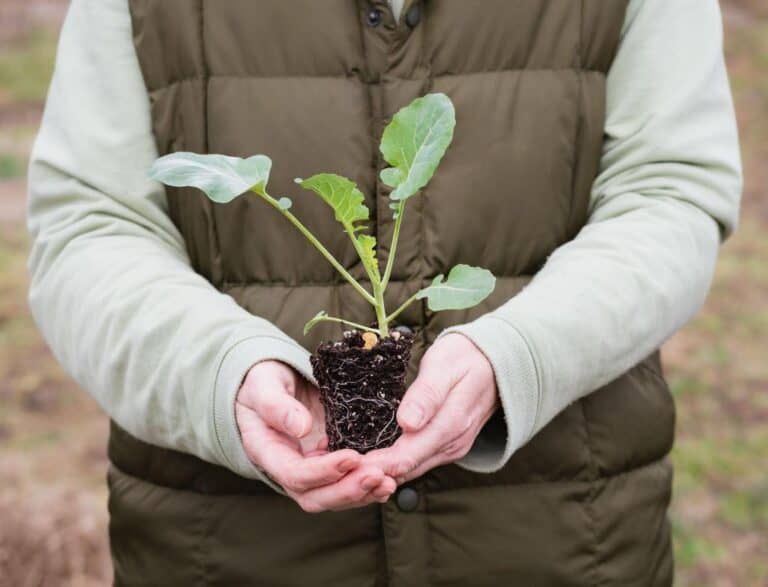Bell Peppers Male and Female — What’s the Difference?
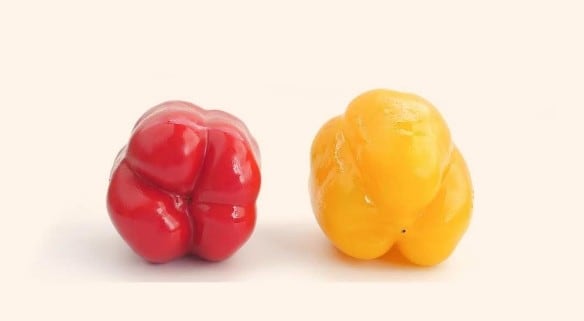
Bell peppers are a type of vegetable that can be either male or female. In plants, there are two types of cells—the stamen and the pistil. The stamen is the male organ, and the pistil is the female organ. In bell peppers, there are three sets of these cells: the fused stem (the central part of the pepper), the ribs (which run along the stem), and the fruit (the peppers themselves).
So, what’s the difference between male and female bell peppers? There is no such thing as male and female bell peppers. Bell peppers don’t have any organs for reproduction, so they can’t be either male or female. Myths, like sweetness and the number of seeds in peppers with three or four lobes, perpetuate false differences in bell peppers. This debunked idea that peppers are full of seeds affects their taste.
The Male vs. Female Bell Pepper Myth Broken Down
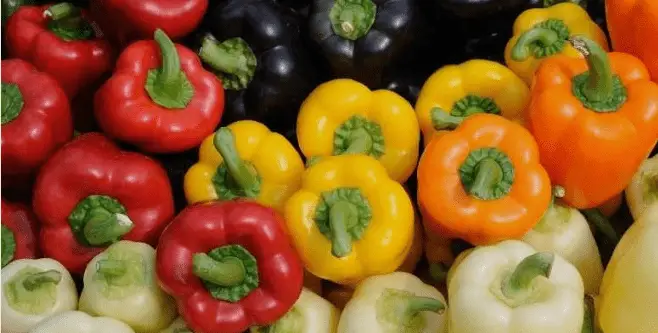
The myth goes like this: If you look at the bottom of a bell pepper, you can tell if it is male or female by the number of lobes it has. A bell pepper that has three lobes is a male, while a female bell pepper has four lobes on the bottom.
A male bell pepper has fewer seeds and is less sweet than a female bell pepper. The female bell pepper is better to eat raw because of its sweeter flavor.
Below, we will look at the explanation for those myths and unveil the truth:
Truth #1: The sweetness of a bell pepper is not determined by the number of lobes on the pepper. The sweetness of a bell pepper is determined mainly by its ripeness and the variety, indicating that some are inherently sweeter and better for eating. variety of the bell pepper. A green bell pepper is less mature and less ripe compared to other colors.
Left on the vine, a green bell pepper will start to sweeten and turn yellow, orange, or red. After it’s picked, the bell pepper will not continue to ripen. The bell pepper will turn yellow, orange, red, or even purple, depending on the variety. Varieties that stay green through maturity are not common.
Truth #2: The number of lobes does not determine the number of seeds inside a bell pepper. Generally, a larger bell pepper will contain more seeds than a smaller bell pepper.
Truth #3: A bell pepper can have anywhere from 2 to 7 lobes on the bottom. Most bell peppers have three or four lobes on the bottom, with those having three bumps often mistakenly thought to be sweeter and better. This is because the genes of popular bell pepper varieties tend to make bell peppers with three or four lobes on the bottom.
No matter whether a bell pepper is male or female, the number of lobes it has depends on the plant’s genes and the environment in which it grows. If three and four lobes represented male and female, what would bell peppers with 2, 5, 6, or 7 lobes be?
When it comes to the gender of bell peppers, it’s not just about the number of bumps on the bottom of the pepper. In actuality, a bell pepper’s gender depends on whether or not it has stamens, which are male parts. Male peppers have stamens, while female peppers do not. Pollen from a male pepper fertilizes a female pepper, which then produces fruit that we eat.
The number of bumps on the bottom of a bell pepper is just one indication of its gender. Female peppers typically have four bumps, while male peppers have three. However, this is not always the case, as the number of bumps can vary depending on the variety and growing conditions.
In general, female peppers tend to be sweeter and more flavorful, and they are full of seeds. This is because their job is to make fruit and seeds. The process is sometimes helped by research from institutions like Oregon State University.
Peppers that are full of seeds are better for cooking, as the seeds add flavor and texture. They can also be saved and used to grow new peppers in the future. While male peppers may have fewer seeds, they can still be used in cooking, but they may not have as much flavor or nutrition as female peppers.
There is also a rare type of bell pepper. It always has four bumps on the bottom. Peppers with four lobes are often sweeter and better for eating. These peppers are unique because they have an extra lobe, which gives them a more complex flavor and texture. They are also full of seeds, making them ideal for cooking. However, because they are relatively rare, they can be harder to find and more expensive than other types of bell peppers.
Bell Pepper Male vs. Female: What’s the Difference?
The sexual organ of plants is the flower, not the fruit. Bell peppers generate “perfect” flowers, which have both male and female elements. As a result, there is no specific bell pepper with a gender assigned.
As we’ve already said, bell peppers are neither male nor female. Most people think they are, but that’s wrong. This debunks myths about males being better for cooking or females being sweeter and better for eating.
People often think that “male” bell peppers have three lobes and are bitter. They think “female” peppers have four lobes or more, more seeds, and taste sweeter.
On the other hand, bell peppers are made from flowers that have both male and female reproductive parts. The seeds that are found inside peppers are produced by the ovaries that are found in the fruits of the pepper plant. Self-fertilization is used to create each pepper. After pollination, each pepper produces seeds that can be used to grow more pepper plants.
Male and female bell peppers are the same, except for one thing. The female pepper has a small, green nipple on the bottom. It’s often said that female peppers are full. This makes them better for eating raw. If a male flower pollinates this tiny bump, the fruit’s ovary will develop into a pepper pod.
Bell Pepper Flowers—Male vs. Female
Bell pepper flowers are what’s known as bisexual or “perfect.” Every flower on a bell pepper plant has both male and female reproductive parts. They have stamens, which are the male reproductive part, and the stigma, which has a tube attaching it to the ovary.
The stigma has a sticky part that catches the pollen, or sperm, and sends it down the tube to meet with the ovary. After successful pollination, each flower will become a fruit.
Bell peppers are also known as monoecious plants, meaning they have both male and female flowers. A monoecious plant can have bisexual or perfect flowers. These are like the flowers on bell peppers. Or, they can have unisexual or imperfect flowers, like the flowers on cucumbers or corn.
This condition is different. If we compare it with other plants, like cucumber,
Cucumber plants have around 10–15 flowers on a plant. It’s easy to tell female flowers from male ones. The female flowers have an inch-long structure that looks like a tiny cucumber. It’s behind the flower and attaches it to the vine.
This is the ovary that, once pollinated, will turn into a cucumber ready to harvest in 7–10 days. Modern varieties of cucumbers have been bred to have more female flowers than male flowers.

In fact, some varieties of cucumbers come in seed packets that have a few dyed or marked seeds in the packet. In this case, the majority of the seeds in the packet are what’s called “feminized” and will produce only female flowers.
Some seeds are dyed to show that they are the normal seeds for the variety. Those will have both male and female flowers. This innovation was possibly researched at schools like Oregon State University. To pollinate all of the female flowers, some male flowers are required.
You want to avoid removing the plants with male flowers by not thinning out the dyed-colored seeds. Hand pollination can make it more likely to produce sweeter, tastier peppers. It does this by helping to ensure a more controlled fertilization process. You can increase bell peppers yields in small gardens with only a few cucumber plants that have male flowers.
Corn is another monoecious plant that has unisexual or imperfect flowers of each sex on each plant. The corn flowers are not what you regularly think of as flowers. The tassels on the top of corn are the male flowers and contain anywhere from 2–25 million spores of pollen, or male gametes. The ears of corn with the silk protruding are the female flowers.
Each piece of silk hanging from the ear has the chance of being fertilized and becoming a single kernel of corn on the cob! On average, 600 kernels form on a corn ear. This means that one piece of pollen from a corn tassel was able to fertilize 600 pieces of silk.
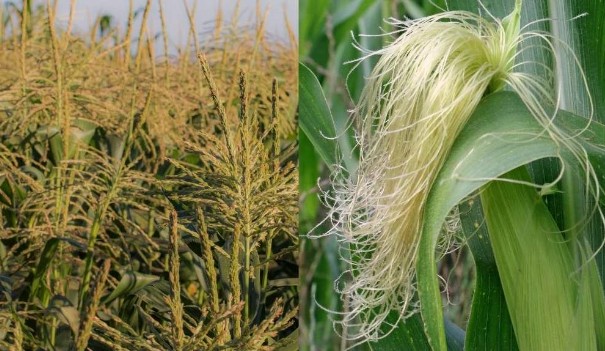
Bell Pepper Pollination
Bell peppers are what’s known as “self-pollinating” plants, but that name can be slightly misleading. Bell peppers will, for the most part, pollinate themselves because of the proximity of the male and female parts in each flower. Still, they need a little help from the wind and insects to make sure that they pollinate well.
The wind will shake the flower, which will cause the pollen on the stamen to spread out. Some of the pollen will land on the female stigma, and the flower will be pollinated. Insects also help by buzzing inside the flower. This causes pollen to spread from the stamen and to be carried from one flower to another.
You can assist bell peppers and maximize pollination by using a small paintbrush or this thing and twirling it around inside each flower. This will result in guaranteed pollen spread and almost guaranteed pollination. By doing this inside each flower, you give the plant the best chance of successful pollination. Fruit comes from every flower.
Bell Peppers Cross Pollination
Bell peppers of different kinds, or bell peppers and hot peppers, can cross-pollinate with each other. This will not cause a bell pepper to become hot. The difference comes in the seeds. A bell pepper seed that has been cross-pollinated by a hot pepper will produce a pepper that is a cross between the bell pepper and the hot pepper.
To avoid cross-pollination, the only definitive method is to put bags over the blooms on the pepper plant to prevent any pollen from finding its way to the female part of the flower.
Then take a paint brush and self-pollinate the flowers with the flowers you want to pollinate that variety with. Replace the bag over the blooms to make sure no cross-pollination occurs.
Another method for preventing cross-pollination is to plant different types of plants at different times of the year so that they bloom and produce pollen at different times. Also, you can plant them at a distance if you have the space—at least 300 yards. Physical barriers between the two planting areas, like a forest, are also helpful to prevent cross-pollination.
| Read: How Much Spacing Area Is Needed to Plant Bell Peppers? |
How to Choose the Right Bell Peppers
When deciding on bell peppers, there are a few things you need to take into account. The first is the color of the pepper. The next thing to consider is the size of the pepper. Peppers come in different sizes, so you need to choose one that will fit your needs. Finally, you need to decide if you want a sweet or spicy pepper.
Bell peppers come in a range of different colors, from green to red to yellow to orange:
- Green bell peppers are the most common type, and they have a slightly bitter taste. Red bell peppers are sweetest color bell peppers and juicier than green bell peppers, and they also have a slightly spicy flavor.
- Yellow bell peppers are the tastier of all the bell peppers, and they have a mild flavor that is perfect for snacks or salads.
- Orange bell peppers Bell peppers that are also sweet but have a more pronounced flavor than yellow bell peppers are often better for eating raw or in salads.
- Purple bell peppers are the spiciest of all the bell peppers, and they have a strong flavor that is perfect for savory dishes.
- Finally multi color bell peppers. Bell peppers can come in a variety of colors, including green, red, yellow, and orange. A new variety of striped peppers occurred naturally after almost 30 years of only growing the four colors mentioned. Take note that bell pepper color change during their life stages.
When you are picking a bell pepper, it is important to pick the one that is right for you. There are many types of bell peppers, and each one has its own unique flavor and texture. Below are details of other things to look at when selecting the perfect bell peppers in general.
- Choose bell peppers with taut, wrinkle-free skin.
- Avoid bruises, dark spots, and large cracks.
- Look for a healthy green stem coming from the pepper.
- Contrary to popular belief, a dark green pepper is not always riper than a light green bell pepper. But, its ripeness might indicate it’s sweeter and better for eating.
- A good bell pepper has well-hydrated, thick walls and will feel heavier than it looks.
Which Has More Crunch, a Male or Female Bell Pepper?
The answer may surprise you.
When it comes to the crunch factor, “female” bell peppers take the lead. People often say that “male” bell peppers are “softer” and less crunchy than “female” bell peppers. This is likely due to the fact that male peppers contain more water content.
This isn’t to say that male bell peppers are bad—in fact, they have a slightly sweeter flavor than female peppers. But if you’re looking for a pepper with a bit of a crunch, go for the females.
Final Thoughts
In conclusion, male and female peppers are basically the same plant or pepper fruit, except for their reproductive organs. The reproductive organ is in the flower, not in the fruit.
If you differentiate “male” and “female” fruit, the only difference is that female bell peppers have a small, pepper-shaped fruit at the end of their stems. Male bell peppers do not. There is no real difference in taste or texture between the two. Some may argue that a female bell pepper is sweeter than male pepper
The gender of the peppers does not affect bell pepper division. The variety, genetics, growing conditions, and fruit maturity all affect the fruit’s number of lobes and sweetness.
In conclusion, while the number of bumps on the bottom of a bell pepper is an interesting detail, it is just one indication of the pepper’s gender. The presence or absence of male parts is what determines whether a pepper is male or female. Female peppers tend to be sweeter, more flavorful, and full of seeds, making them ideal for cooking. Peppers with four lobes are a rare and unique type of bell pepper that are also full of seeds and have a complex flavor profile.
| Related: Best Time to Harvest Bell Pepper |
FAQ
Are male and female bell peppers different in taste?
No, there is no difference in taste between male and female bell peppers.
Are male and female bell peppers different in size?
No, there is no significant difference in size between male and female bell peppers.
Can male and female bell peppers be used interchangeably in cooking
Yes, male and female bell peppers can be used interchangeably in cooking and have the same flavor and texture.
Why are male bell peppers less commonly sold in stores?
Male bell peppers are less commonly sold in stores because they are not as productive as female plants in terms of fruit production. Male plants are typically grown to pollinate female plants in a greenhouse setting.

